The warmth of the spring sun encourages us to get outdoors and, even in big cities where concrete is king, we can appreciate the appeal of a well-kept grassy area. Whether it’s stretching our legs on the grassy lawn of Central Park or walking dogs along midways, green spaces contribute to our health, benefiting our physical and mental well-being.
These areas require more than just regular mowing. There is a lot of care that goes into maintaining these areas, from choosing the right types of grass for your climate to attention to sunlight, water usage, mowing and pest control, and general up-keep.
Choosing the Right Grass
Experts, like Lawn Doctor of Boston owner Tom Norton, say consideration needs to be paid to the climate when choosing the right type of grass for your property. “Perennial Ryegrass is probably the most dominant in the Boston area. Kentucky bluegrass does well, too, but it likes the heat a little more. It does very well in the summer and tolerates the cold. Still, it’s slow to germinate and requires warmer soil temperatures,” he says.
Cool-season grasses tend to tolerate the climate better year-round. He says, “A hybrid grass, like a turf-type tall fescue, is modified to look more like a lush Kentucky Blue Grass, but is also drought and disease resistant.” He cautions against solely using one type of grass, as blends provide more protection against insects and disease.
He adds, “Every year can be a little different with certain diseases or the prevalence of insects.” When choosing the right grass seed, the best things to look for are high germination, a low weed percentage, and a high tolerance to heat, cold, and insects.
Matthew Villa, a customer service representative at Chicago’s Villa Property Maintenance, agrees that a blend is best. “We like to use a variety of grass—Kentucky Blue, Fescue, and Rye—a blend—because it’s more versatile all year round. The Kentucky blue gives you a nice deep green lawn, but it goes dormant pretty quickly, so a three-seed blend works well because it will come up fast and will be easier to maintain.” A lawn that adapts to changing conditions has a better chance of staying lush all year round.
Seed vs. Sod
When deciding between seed versus sod, the largest factor is the time of year and where in the planting cycle a property lies. Villa says, “Sod is great because it is grown on a farm, cut into rows, and we lay it down. It gives a lawn or grassy area a fresh start and 100% coverage.” Starting a lawn from seed is possible, but it comes with risks. “Starting a lawn from seed includes many more factors–seed can get washed away from the beginning if not adequately watered. You would want to overseed to maintain a rich lawn.
The time of year also matters when starting with seed. Norton advises that most seeding is done in the fall to produce the best germination rate. “In the fall, the plant focuses on root development, whereas in the spring, the grass focuses more on top growth. You want that energy to be used to produce strong roots.”
The Importance of Proper Watering
Calculating when and how much to water your grass depends on how sunlight hits the property. “If you’re seeding, you want to water the grass depending on the sun exposure two to three times a day for about a month,” advises Villa. “It takes a few weeks for the seeds to germinate. Water lightly and frequently, in this case, because you don’t want it to puddle, and it can pick up the seed and wash it away. If you have complete sun exposure, you would have to water more because the sun will evaporate your water quicker. You can use peat moss to help hold the moisture onto the seed.”
Norton recommends keeping the lawn height extra tall, above 4 inches, to keep the soil shaded so water doesn’t evaporate too quickly from direct sunlight. Using more drought-resistant grasses also helps in this instance. He says, “You want the roots to chase the water into the soil to encourage a deeper root system.
Villa says, “If you have an established lawn, you should do a deep watering about three times a week. With an established grass area, if you water frequently and lightly, the water stays on the surface, and the roots get lazy and stay on the top. If you water deeply and let it dry between waterings, you will create a deeper root system, and it helps the integrity of the lawn, which will withstand more wear and tear.”
You want the roots to chase the water into the soil to encourage a deeper root system. Water is definitely an issue because some communities have restrictions on wells.
Threats to a Great Grassy Area
To prevent residents from trampling new grass growth, property maintenance teams often tape off an area or inform their building’s residents where new grass is being planted and how long they should avoid the area. But humans aren’t the only threat to a well-maintained lawn.
Norton says the biggest threat to the health of grass is insects. “Here in the Boston area, the grub worm has been a problem for several years. Sod webworms and chinch bugs have also been prevalent, so it’s important to catch them as quickly as possible because they can really wipe out a lawn,” he notes.
Though most often treated with insecticides, property management, and landscaping companies also employ more organic methods. Cedar oil, for instance, can help repel insects. Proper maintenance also plays a large role in pest control, as insects accumulate in thatch-grass clippings on top of the soil. “The thatch layer becomes a nesting area for insects,” says Norton, “but if you have good, nutrient-rich soil, it enhances the life of the soil and helps break down thatch.”
“All grass needs nutrients to stay healthy,” says Villa. “Cultural practices and routine maintenance are so important because if you don’t overseed and get bare spots, the grass won’t spread on its own. Then, you can get weed growth, and it can quickly take over. You don’t want to unnecessarily put chemicals on your property, so you need to pay attention to what’s going on with the lawn and treat it accordingly–is it fungus, insects, weed?”
Fungal growth happens when lawns are overwatered and not given a chance to dry out. “If you water too much or too late at night, the ground stays moist, and bacteria and fungus start to grow,” explains Villa. Once fungus grows, it can quickly spread to other areas. Grass and soil need time to dry out completely between waterings.
More Helpful Tips
Aeration is also important. Villa says the benefits are tremendous: “If an area is being aerated, you’ll see little holes or plugs taken out of the ground. Core-aeration allows oxygen, water, and sunlight to get deeper into the root system. The soil needs nutritious organic matter to help feed its growth.”
When all else fails, there is always the option to move to synthetic turf, particularly for buildings that shade grass areas. “The shaded areas will always take more attention, and large buildings can block the sun. A Black Beauty grass seed is more shade tolerant,” suggests Villa, “but if you have full shade and want an easy-to-maintain area, you might move towards artificial turf.”
Norton’s team pays attention to the University of Massachusett’s weekly horticultural notes and testing online, where they share findings on insects and incidences of disease. Similarly, New York’s Cornell University publishes a TurfGrass program guide that provides research and advice on lawn care and turf maintenance.
Coming Full Circle
Norton notes that with lots of germination and close attention to the types of grass used, a property can enjoy a thriving green space. Villa notes proactive planning is smarter and more cost-efficient. “It’s easier to stay on top of a healthy lawn and ahead of it than it is to recover it,” he says. “Once you get into issues, you might have to start over. You don’t want to have to put products in the ground if you don’t need to. Companies get paid for results, so they want to provide a quick, cost-effective, and easy-to-maintain service.” Being mindful of the grass cycle can help residents enjoy a healthy green space.
Kate Mattiace is Associate Editor of CooperatorNews.



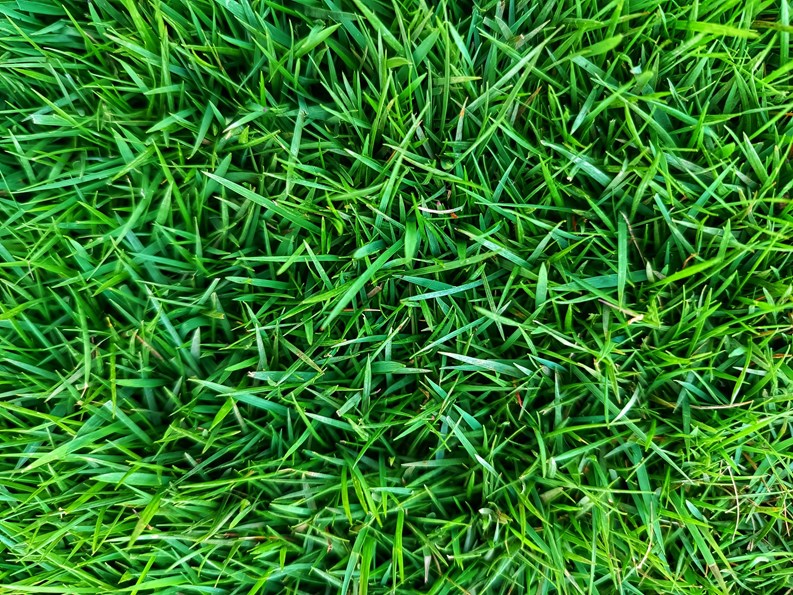
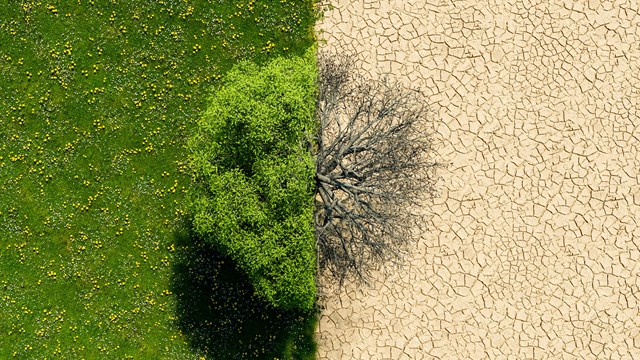
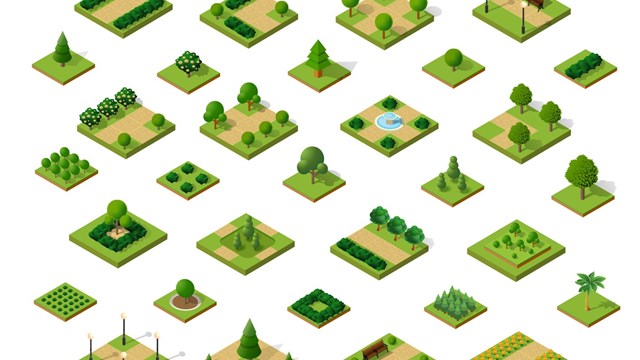
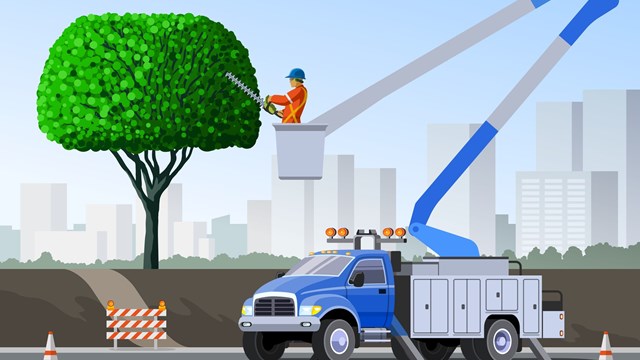


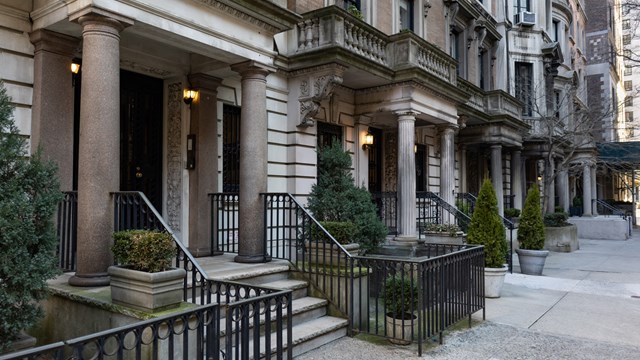
Leave a Comment